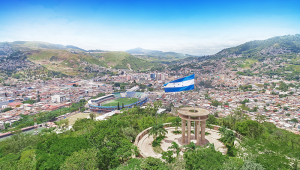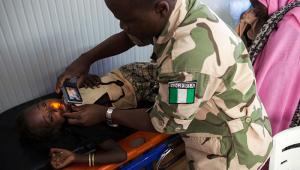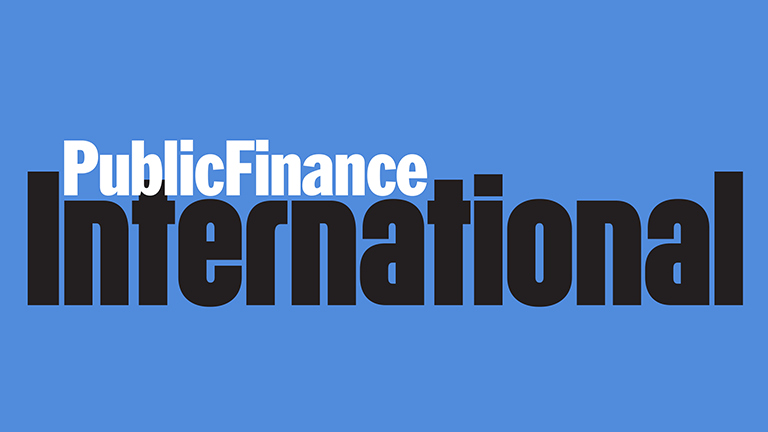The country has shaken off the impact of Cyclone Gita in February 2018, which caused extensive landslides and flooding, and its economy could grow by 4.4% in 2019-20.
The International Monetary fund has praised Samoa’s resilience after a period of setbacks, although it has pointed to continuing economic challenges.
In a report taking stock of the Pacific state’s economic conditions, the Washington-based fund said growth was projected to rebound to 3.4% in 2018-19 after falling to a five-year low due to the closure of the Yazaki manufacturing plant.
The IMF’s Article IV review said the rebound was being driven by commerce, infrastructure spending, and development of the transport and communication sectors.
Growth is expected to peak at 4.4% in 2019-20 thanks to rising tourism as Samoa hosts the Pacific Games in July, before settling at 2% in the medium term.
Cyclone Gita had a negative impact on the economy, pushing up food prices and hence inflation, which rose to 3.7% in 2017-18. Prices were also inflated by a one-time increase in education fees and higher prices for imported fuel.
A temporary increase in transfers in the wake of Gita enabled the current account to record a surplus of 2.3% of GDP in 2017-18 compared to a deficit the previous year.
IMF experts believe Samoan inflation is expected to fall below the central bank target of 3% in 2018-19 as temporary inflationary pressures recede.
While the IMF leadership has commended Samoa for its economic resilience in the face of external shocks and welcomed the rebound in growth, they are concerned about its continuing vulnerability to natural disasters and the withdrawal of correspondent banking relationships.
CBRs, which enable smaller banks to access wider financial markets and services through larger correspondent banks, have been receding since the global financial crisis for several reasons, not least regulatory changes and concerns about taxation.
Small states such as Samoa are particularly vulnerable to the obstacles this may cause to remittances, and bodies such as the World Bank have encouraged them to seek regional solutions to this problem.
The IMF also says Samoan authorities need to build fiscal buffers and further mitigate risks from CBR pressures.
Considering the country’s vulnerability to natural disasters and high risk of debt distress, it will need a comprehensive fiscal strategy.
The IMF has recommended that Samoan authorities improve tax administration, strengthening public financial management, lower the long-term debt-to-GDP target, and ensure new loans remain consistent with strategic targets.














